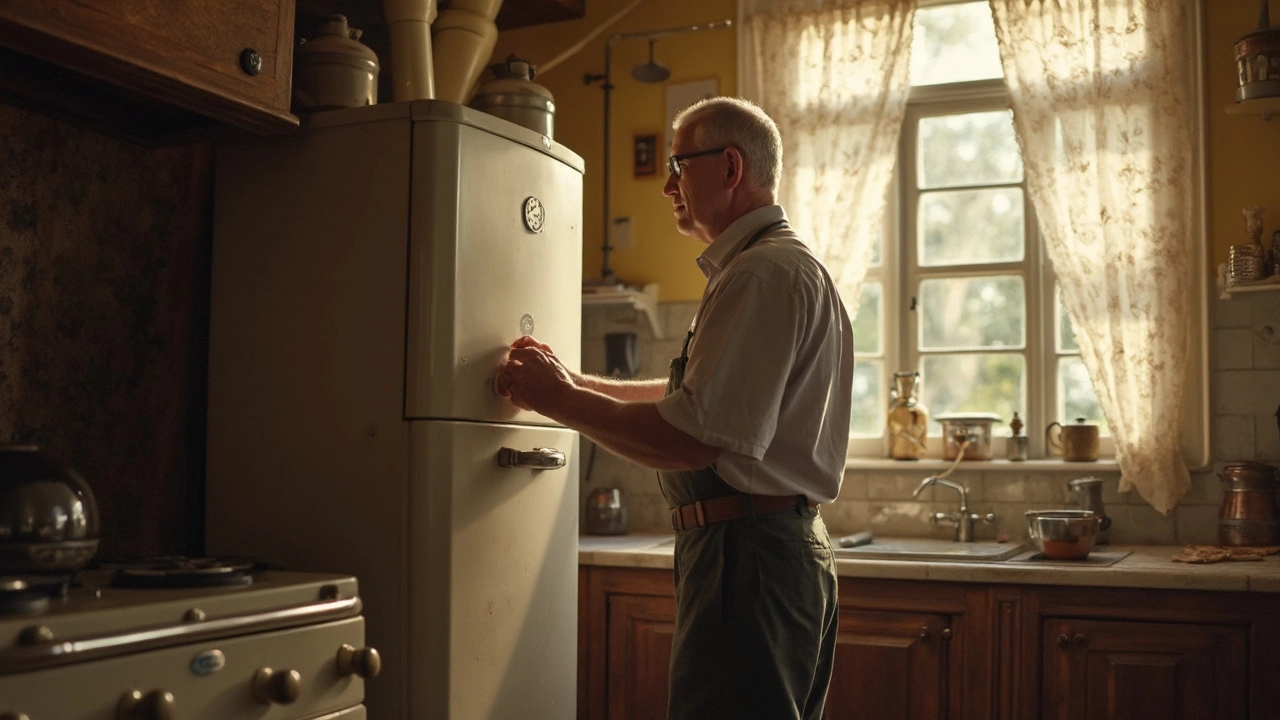Thermostat Troubleshooting – Simple Steps to Get Your Appliances Working
If your heating, water heater, or oven isn’t staying at the right temperature, the thermostat is often the culprit. Before you call a technician, try a few easy checks. You’ll save time, avoid unnecessary calls, and maybe fix the problem yourself.
1. Spot the Signs of a Faulty Thermostat
First, notice the symptoms. Does the water heater keep tripping its reset button? Is the oven heating unevenly or not at all? Do you hear the boiler turning on and off rapidly? These are classic thermostat red flags. Write down what’s happening, when it started, and any unusual noises. Having a clear picture helps you decide the next step.
2. Basic Checks You Can Do Right Away
Power supply – Make sure the appliance is plugged in and the circuit breaker hasn’t tripped. A dead thermostat won’t get any power to read temperature.
Reset button – Many hot water heaters and ovens have a reset switch near the thermostat. Press it firmly; sometimes a simple reset clears a hiccup.
Temperature setting – Verify the dial or digital setting matches what you need. Accidentally set it too low or high can look like a thermostat fault.
Clean the contacts – Dust and grime can jam the thermostat’s contacts. Turn off power, remove the thermostat cover if you’re comfortable, and gently blow out debris with compressed air or a soft brush.
Test with a multimeter – If you have a multimeter, set it to continuity or resistance. With power off, check the thermostat’s terminals. A steady reading means it’s likely okay; an open circuit suggests a bad unit.
If everything looks fine and the problem persists, the thermostat might be internally worn out and need replacement.
3. Replacing a Thermostat – When to DIY and When to Call
Replacing a thermostat isn’t rocket science, but it does involve handling wires and sometimes refrigerant lines. For a water heater or simple oven thermostat, you can usually swap it yourself:
- Turn off the appliance at the breaker.
- Label each wire before disconnecting – a photo helps.
- Remove the old thermostat and install the new one, matching the labels.
- Secure the cover, restore power, and test the temperature.
If you’re dealing with a boiler, a HVAC system, or a sealed‑unit fridge, it’s safer to let a qualified pro replace the thermostat. Incorrect wiring can damage the appliance or create a safety hazard.
4. When to Call a Professional
Call a technician if you see any of these signs:
- The appliance still won’t heat after a reset and basic checks.
- You spot burnt wires, a tripped GFCI, or a strong smell of electricity.
- The thermostat is inside a sealed system (like a fridge or air‑conditioner) that requires special tools.
- You’re not comfortable working with electrical components.
A professional can test the thermostat, check related sensors, and ensure everything complies with safety standards.
Thermostat issues are common, but most are easy to spot and often fix with a quick reset or a clean. Keep these steps handy, and you’ll know exactly what to do before the heat drops out again.
How to Spot a Bad Thermostat in Your Hot Water Heater
0 Comments
Having issues with your hot water heater might indicate a faulty thermostat. This article offers practical guidance on identifying a bad thermostat in your water heater. Discover symptoms like inconsistent water temperature and strange noises, learn how to test your thermostat safely, and explore easy tips for fixing common problems. Equip yourself with the know-how to maintain an efficient and reliable hot water heater in your home.
Read More